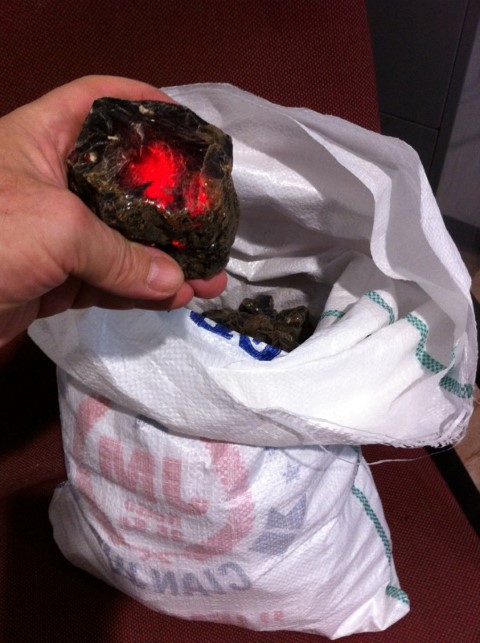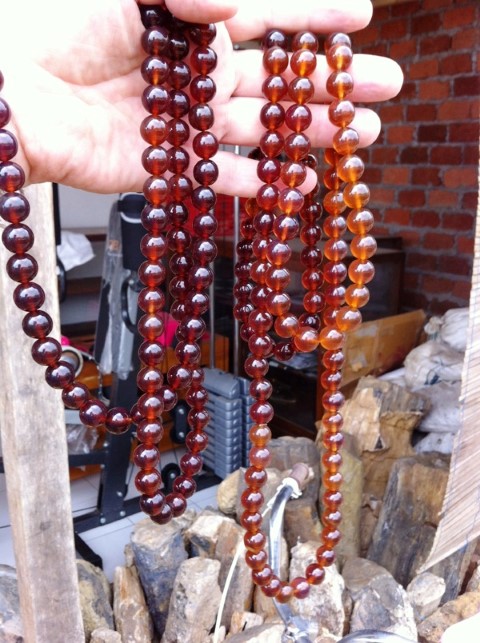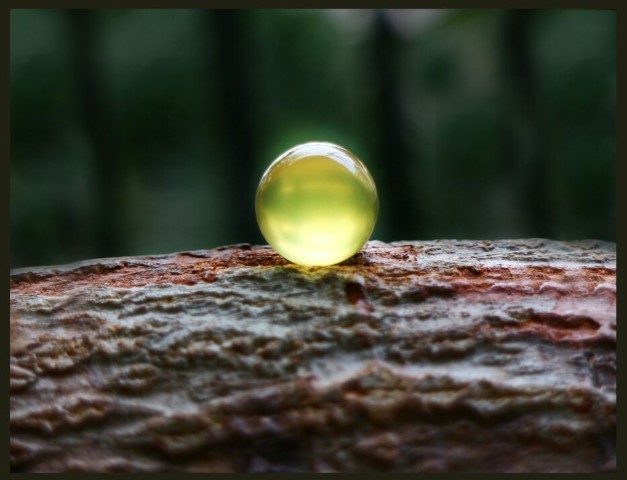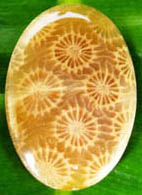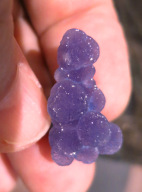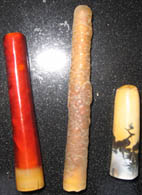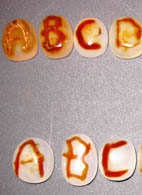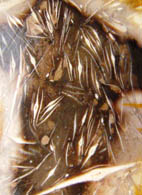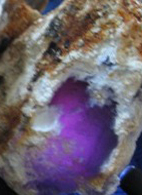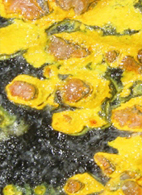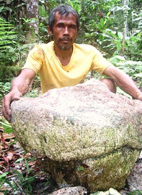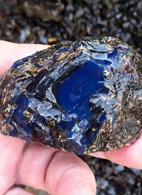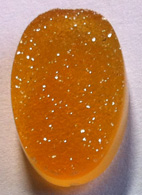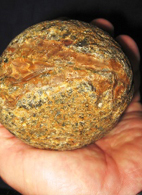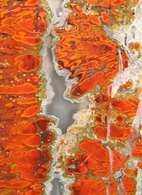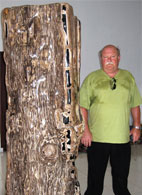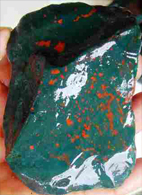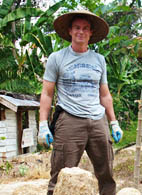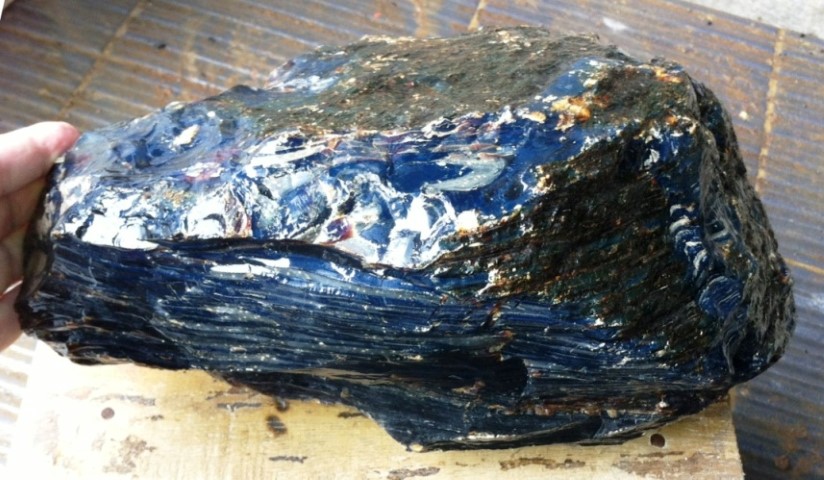
Amber is organic resin or “tree sap”. It is often found in layers, pods and lenses often associated with coal seams. The major coal deposits of the earth were formed during periods when the earth’s temperatures were warmer than today’s. These were periods of explosive organic growth.
As Amber forms, it grades from tree sap to copal and then amber by a natural slow cooking process. Copal is an immature form of Amber. It is still volatile-rich and sticky. Sort of like an uncooked cheese soufflé. As you cook it and the oils move out, it dries, thickens and hardens. It is a gradual process. At the point you unearth the material it could be at any stage of the process as geological time is measured in millions of years. The temperature and pressure during burial in a rock formation also played a role in the maturity of the resin products we find on the Earth’s surface today.
Most documented Amber deposits were formed within the last 90 million years. Amber and associated coal deposits were formed by an assortment of decomposed plants in bogs, swamps or forests, in coastal areas or inland marshes. Each deposit underwent a unique sequence of events during its formational histories.
Temperatures and pressures typically increased with depth of burial in sedimentary basins. Under an influx of clastic sediments and volcanics, the volatiles including organic resins are trapped as the carbon rich plant matter breaks down to form coal. Impermeable layers of ash and fine grained clay rich sediments stop the migration and contain the volatile rich resins which form pockets, seams, lenses or layers.
Over time these pockets mature or cure and become harder as the volatile phase dissipates leaving a hard resinous material. The transition from what we call tree sap to copal to Amber is continuously gradational and all stages of this transition are present in the fossil record.
In Indonesia, there are thousands of coal deposits. There is a great range of maturities of coal in different deposits from low grade/low calorie lignite to high grade/high calorie anthracite. A year 2000 estimate by the Indonesian Department of Energy and Mineral Resources stated Sumatra had reserves of approximately 17.8 billion metric tons of coal. Extensive coal should relate to an abundance of Amber but much of the Amber which I had previously seen, was black or brown and muddy looking.
These dull dark copals and Ambers have long been produced as a bi-product of coal mining and were routinely exported to China by the container load. I assume they were used to make varnishes or incense.
Several mining companies are exploiting high grade anthracite coal in Sumatra. The ages of these deposits are between 23 and 50 million years old. I have been driving past their operations for 26 years on the prowl for agates, jaspers and other lapidary materials or conducting geological and mineral surveys.
Reports of higher grade coal situated within lower grade deposits suggest they were upgraded by heat from igneous intrusions from nearby volcanic activity. On occasion I found petrified woods near these coal deposits.
If you look at a map of the western margin of the island of Sumatra, the topography is speckled with volcanoes, many of which are still active and periodically erupt. The Island's western edge is a plate subduction zone and hub of volcanic and seismic activity. Great for gem grade amber production, like an oven with the cook routinely shaking the pot! 5 years ago, my Indonesian rock hounding buddies started to flock to Sumatra following rumors of a gemmy Blue Amber.
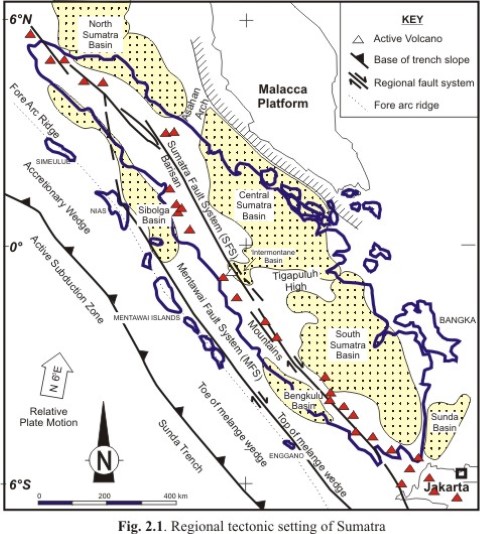
This gemmy Blue Amber comes from the east flank of the Bukit Barisan mountain range. Specifically, in the northwest corner of the South Sumatra Basin, a massive area of coal deposits about 150 meters above sea level. The amber has been studied by the GIA (USA), and the GIT lab in Thailand (articles: THE COLOR PHENOMENA OF BLUE AMBER - Gems & Gemology, Summer 2014, Vol. 50, No. 2 and THE CHARACTERISTICS OF BLUE AMBER FROM INDONESIA – The Australian Gemologist Fourth Quarter 2013 Vol. 25 No. 4). It is a true amber and a portion is exceptionally beautiful and rare.
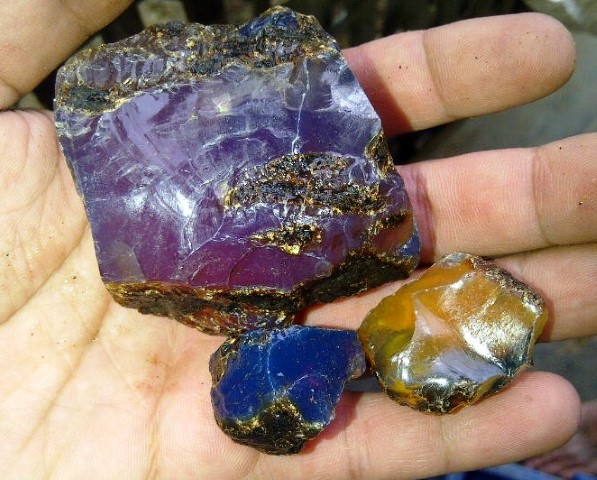
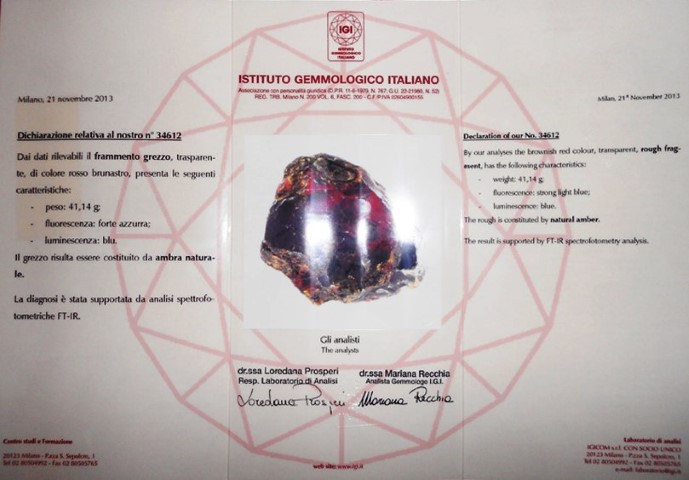
Geologically, this deposit occurs in the Sinamar Formation which is an early Oligocene age rock formation (approximately 30 million years old). These rocks have locally been intruded by younger volcanic dikes and sills. Subsequently the coal and amber were subjected to volcanic heat while buried deep in the sedimentary basin. Just one of 2 dozen active modern day volcanoes on the island of Sumatra, the Mt. Kerinci volcano lies just to the west and is a reminder of how natures kitchens work. Recent uplift has exposed the amber and coal deposits which are being exploited today.
The thermal metamorphism of these specific Ambers seems to have upgraded both the color and clarity of the Amber. We have seen honey yellow, green, orange, reddish, lavender & blue sheen Amber as well. There were a number of documented pieces with insects such as ants, ticks or spiders.
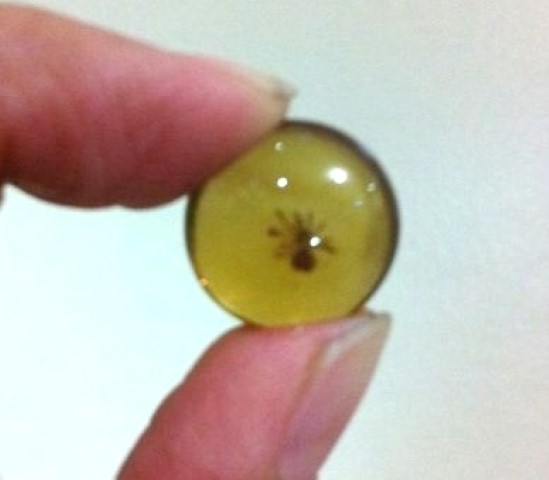
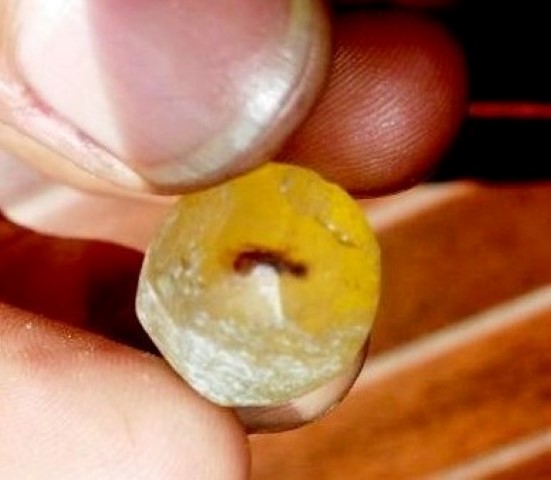
From a search of the literature on the internet, I found that blue amber has only ever been documented in 3 deposits. Most famous is the Dominican blue amber, some rare blue can be found in the Mexican deposits from Chiapas and now this small deposit in Sumatra Indonesia.
The mine operator is a subsidiary of the Sinarmas group, a massive conglomerate owned by Indonesia’s wealthiest man (according to Bloomberg). According to the coal mine operator, there is very little coal remaining in this portion of the deposit and they expect to complete and close production there during 2015. The pit will be buried and ground re-claimed.
The blue amber is only a very minor fraction of the total amber. It is collected by a team of villagers who sort thru the waste rock pushed aside during the daily mining of the coal. The coal mine operator allows the local villagers to collect the amber as under Indonesian Mining law, the company only has rights to the coal.
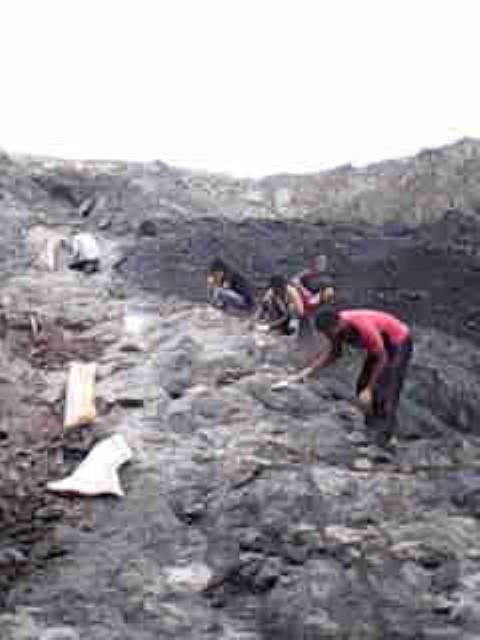
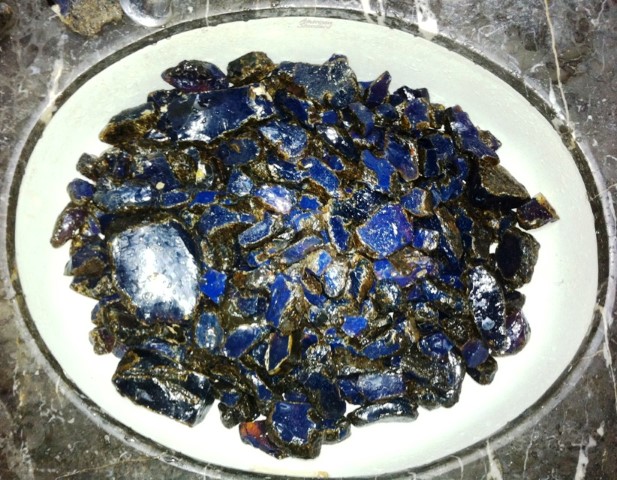
According to the GIA study, the blue color exhibited by the Sumatran Amber is the result of surface fluorescence stimulated by UV light. The UV is completely absorbed and does not penetrate or pass thru the amber as it does in crystalline stones like color change garnets, alexandrites and other gems. This phenomenon in which color changes with the wave length of light is called the Usambara Effect. The Usambara Effect exhibited by Sumatran amber is entirely superficial.
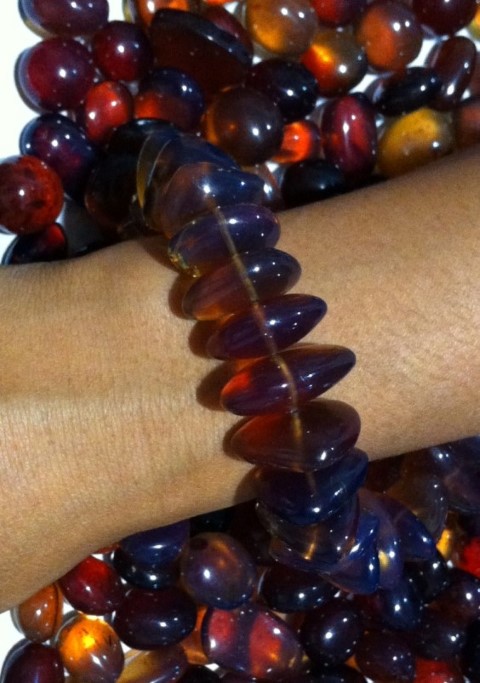
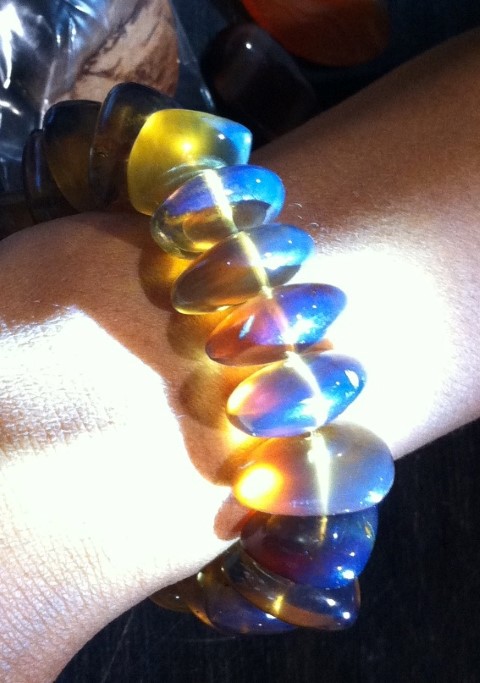
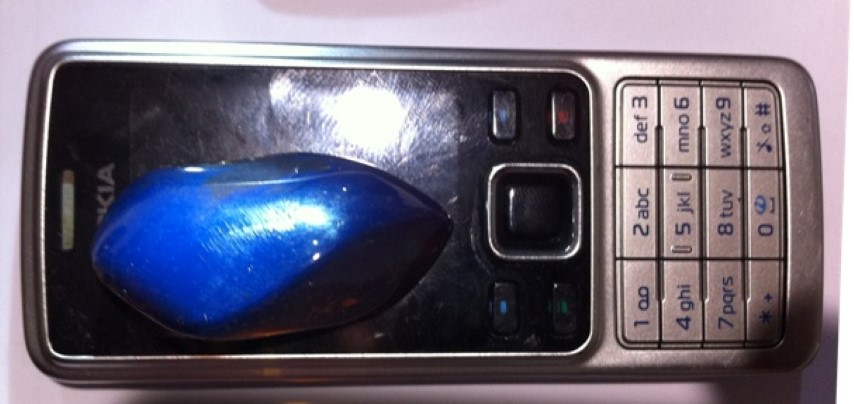
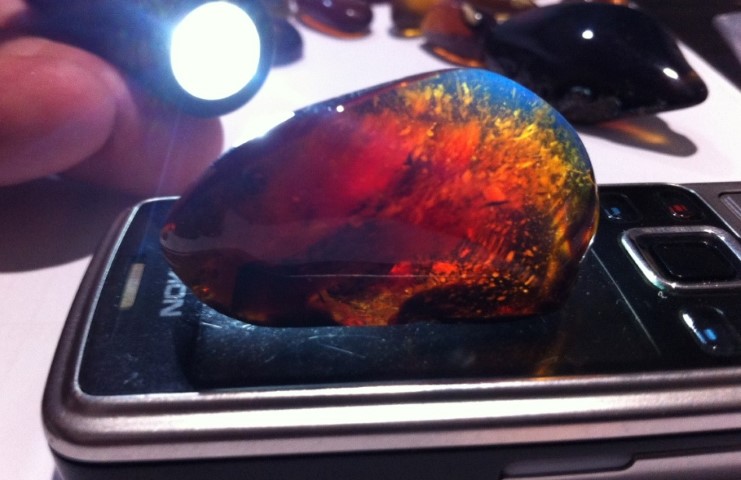
A study of the origins of the ambers which exhibit blue sheen concluded that the Sumatran and Dominican blue amber resins were produced by the extinct tree species Hymenaea Protera which lived 20 to 40 million years ago. Another of the unique qualities of this material is an aromatic fragrance when it is worked or exposed to flame.
At the end of the day, Ambers are produced from the Baltic Region, Ukraine, Dominican Republic, Mexico, Burma, Malaysia, USA, Europe, Indonesia and many African countries, yet there are only 3 small occurrences of Blue Sheen amber related to a short lived extinct tree species. Blue amber could be the most rare and unique of all ambers found to date.
